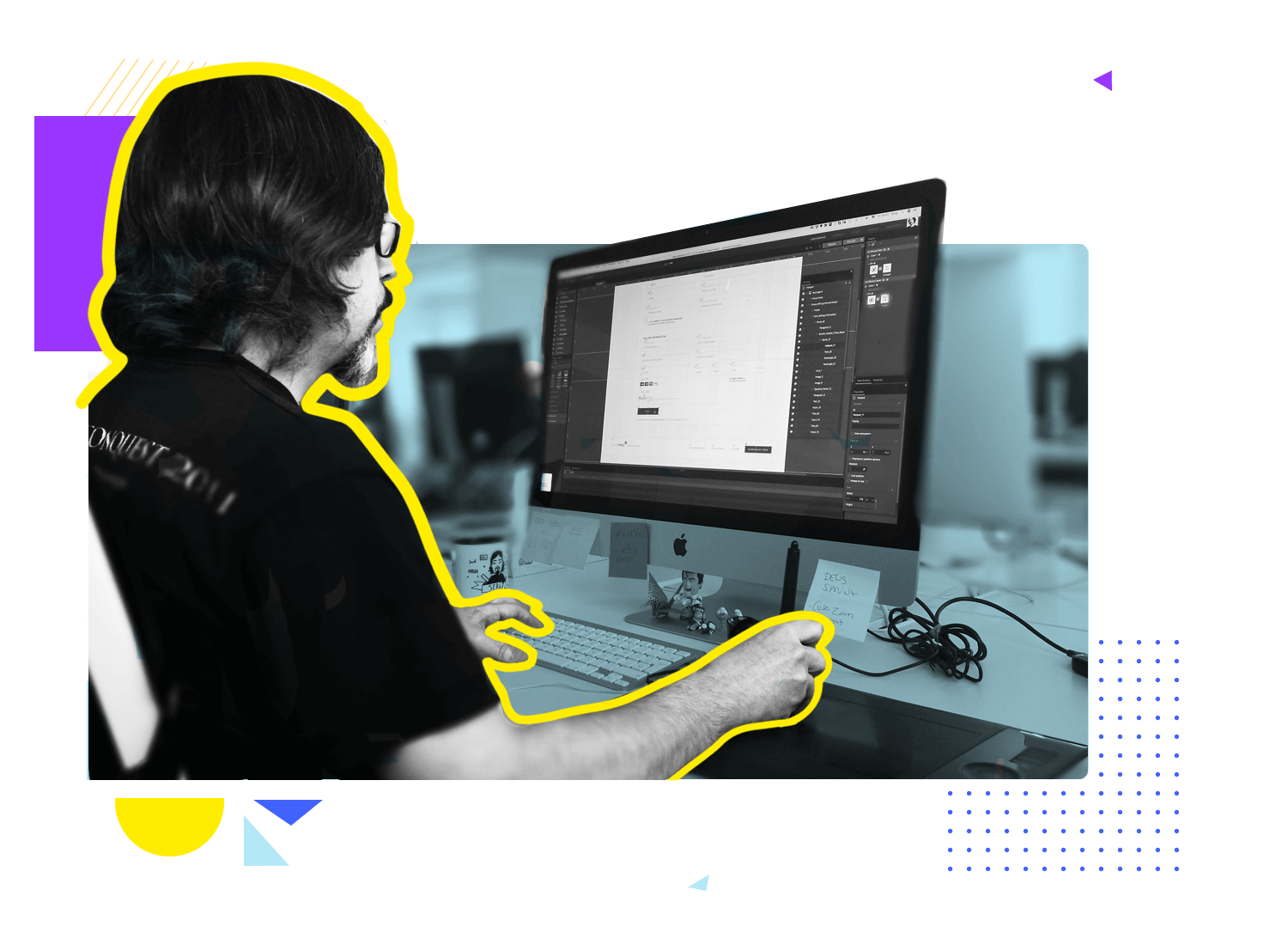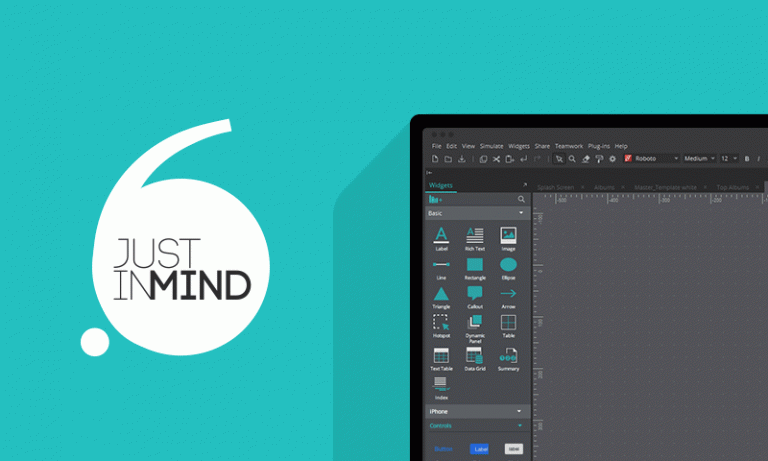

- Justinmind customers manual#
- Justinmind customers pro#
- Justinmind customers software#
- Justinmind customers free#
Justinmind customers manual#
You can replicate existing elements by dragging the borders or change images by drag-and-drop without any manual adjustment. Top tools to use for app prototyping Adobe XDĪdobe XD seems to be a photoshop killer for UI design – a vector-based, all-in-one tool to prototype a web or mobile app. Just make photos of your sketches and connect them with each other by setting actions between them to get an “app like feeling”.
Justinmind customers free#
Justinmind customers pro#
No brainer, don’t have to use any extraordinary pro software. To prototype your first app you don’t have to be a developer – To animate UI and connect views you created, but you need the right tools to do it. To prototype your first app you don’t have to be a designer – Use ready-to-use (and often free) User Interfaces and look for inspirations for your mobile app prototyping. How do you prototype an app as a non-designer? It helps to prepare documentation and set common development and business goals.
Justinmind customers software#
Costs are also decreased thanks to showing a remote software development team a “ready-to-code” prototype.

Prototyping allows businesses to save money since it’s cheaper to solve problems earlier in the development process.App prototyping is often the first step to establishing or validating business goals.User testing allows identifying possible improvements and adjust the idea to real users’ needs.Prototyping creates the opportunity to seek new solutions and explore new ideas early before the development process starts.During user testing, you gather feedback and insights from customers.A clickable prototype presented to real users during user testing allows for validating usability and user experience assumptions.Building an app prototype allows for validating an early concept by testing it with real users.There are various business- and design-related benefits of prototyping an app before the design and development process starts: It helps to create a product adjusted to users’ needs and achieve it in a more efficient timeframe. A high-fidelity prototype presents the entirety of the design in one deliverable. High-fidelity prototypes – these prototypes require more initial effort and represent the highest quality, but with the use of prototyping tools like Figma or JustInMind, they can be created by a non-designer.Low-fidelity prototypes can be expressed also by paper prototypes described above. They can be created in simple tools like PowerPoint or Keynote, or in advanced digital prototyping apps. Low-fidelity prototypes – these prototypes are often presented in a form of clickable wireframes linked to each other.What’s crucial, paper prototypes are not the same as sketches, since there needs to be a flow between all the screens which is explained by an assigned person. Plus, paper prototypes can later serve as documentation.

Mobile app development often starts with paper prototyping which is followed by building clickable prototypes.


 0 kommentar(er)
0 kommentar(er)
